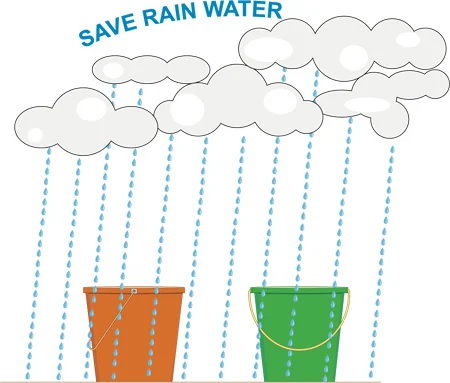A biomedical engineer has formulated a new paper on rainwater harvesting to combat the very real issue of water scarcity.
The lack of water is an increasingly pressing concern as droughts in the southern parts of the US continue and the global population keeps growing.

John Whear, who works at the Cancer Therapy & Research Center at The University of Texas Health Science Center at San Antonio, examined various methods for pooling resources – not just water, but forests and fisheries as well – and looked at both modern and older methods of sharing scarce water in society, from pre-colonial India to modern Texas.
Creating what he calls a common pool resource (CPR) system for water by harvesting rainwater is beneficial in several ways.
Most obviously, it reduces the strain on ground and surface water supplies, providing more water to more people for longer. Capturing rainwater can also reduce the risk of flash floods, which happen when sudden, heavy rainfall cannot be absorbed into the ground quickly enough.
But there’s another side to CPRs than just the technical. There is, Whear found, a very strong social aspect to rainwater harvesting. In his paper, he makes the claim that the only way for a CPR, which must be monitored and managed, to be successful is by way of the participation of the public.
The public must have open channels of communication about the use, the economic aspects, and the logistics of the CPR. After contacting water management organizations, he realized there was more than engineering at the heart of water availability.
“That’s when I learned that rainwater harvesting is as much a social issue as it is an engineering one,” he said.






